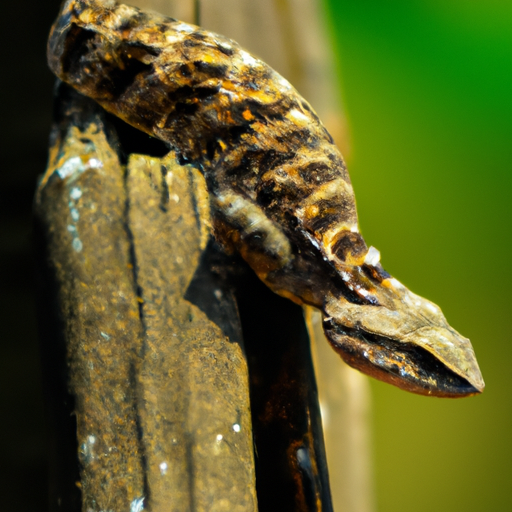 Introduction:
Introduction:
The animal kingdom is a vast and diverse realm, comprising millions of species found across the globe. From microscopic organisms to majestic mammals, this article aims to provide an in-depth overview of various animals, highlighting their unique characteristics, habitats, and behaviors. Prepare yourself for an enthralling journey through the intricacies of nature’s creations.
1. Invertebrates:
1.1. Arthropods:
1.1.1. Insects:
– Beetles: With over 400,000 species, beetles are the largest order of insects, exhibiting diverse shapes, sizes, and colors.
– Butterflies: Renowned for their vibrant wings, butterflies undergo a metamorphosis from caterpillar to adult, captivating observers worldwide.
– Ants: These social insects organize themselves into complex societies, exhibiting division of labor, teamwork, and communication.
1.1.2. Arachnids:
– Spiders: Known for their eight legs and ability to spin intricate webs, spiders play a vital role in controlling insect populations.
– Scorpions: These nocturnal hunters possess venomous stingers, adapting to various habitats, from deserts to rainforests.
1.1.3. Crustaceans:
– Crabs: With their hard exoskeletons, crabs inhabit both marine and terrestrial environments, displaying a wide range of adaptations.
– Lobsters: Famous for their succulent meat, lobsters inhabit the depths of the ocean, showcasing an array of vibrant colors.
1.1.4. Others:
– Mollusks: This diverse group encompasses snails, clams, and squids, displaying a wide range of sizes, shapes, and lifestyles.
– Jellyfish: These ethereal creatures drift through the ocean currents, displaying mesmerizing bioluminescence and venomous tentacles.
2. Fish:
– Sharks: As apex predators, sharks are renowned for their streamlined bodies, acute senses, and razor-sharp teeth, maintaining balance in marine ecosystems.
– Clownfish: Known for their symbiotic relationship with anemones, clownfish exhibit vibrant colors and intriguing social behavior.
– Anglerfish: With their bioluminescent lures, anglerfish dwell in the depths, employing unique adaptations to attract unsuspecting prey.
3. Reptiles:
– Snakes: These limbless reptiles come in various sizes, from tiny threadsnakes to massive pythons, exhibiting an array of hunting techniques.
– Turtles: These ancient reptiles have survived for millions of years, with their hard shells serving as a protective fortress.
– Crocodiles: As powerful predators, crocodiles lurk in freshwater habitats, relying on their stealth, powerful jaws, and acute senses.
4. Birds:
– Birds of Prey: Falcons, eagles, and hawks possess keen eyesight, powerful beaks, and sharp talons, displaying exceptional hunting skills.
– Songbirds: Renowned for their melodious tunes, songbirds enchant us with their diverse vocalizations and vibrant plumage.
– Penguins: These flightless birds have adapted to life in the Antarctic, forming social colonies and exhibiting remarkable swimming abilities.
5. Mammals:
– Big Cats: Lions, tigers, and cheetahs command awe and respect, boasting incredible strength, agility, and hunting prowess.
– Primates: From the tiny pygmy marmoset to the mighty gorilla, primates display complex social structures, communication, and tool usage.
– Marine Mammals: Whales, dolphins, and seals have evolved to thrive in aquatic environments, exhibiting remarkable adaptations for swimming, diving, and communication.
Conclusion:
The animal kingdom is a treasure trove of diversity, with countless species exhibiting remarkable adaptations, behaviors, and survival strategies. This article only scratches the surface of the vast array of animals that inhabit our planet. By appreciating and understanding the intricate web of life, we can foster a greater appreciation for the wonders of the natural world and work towards its preservation.
